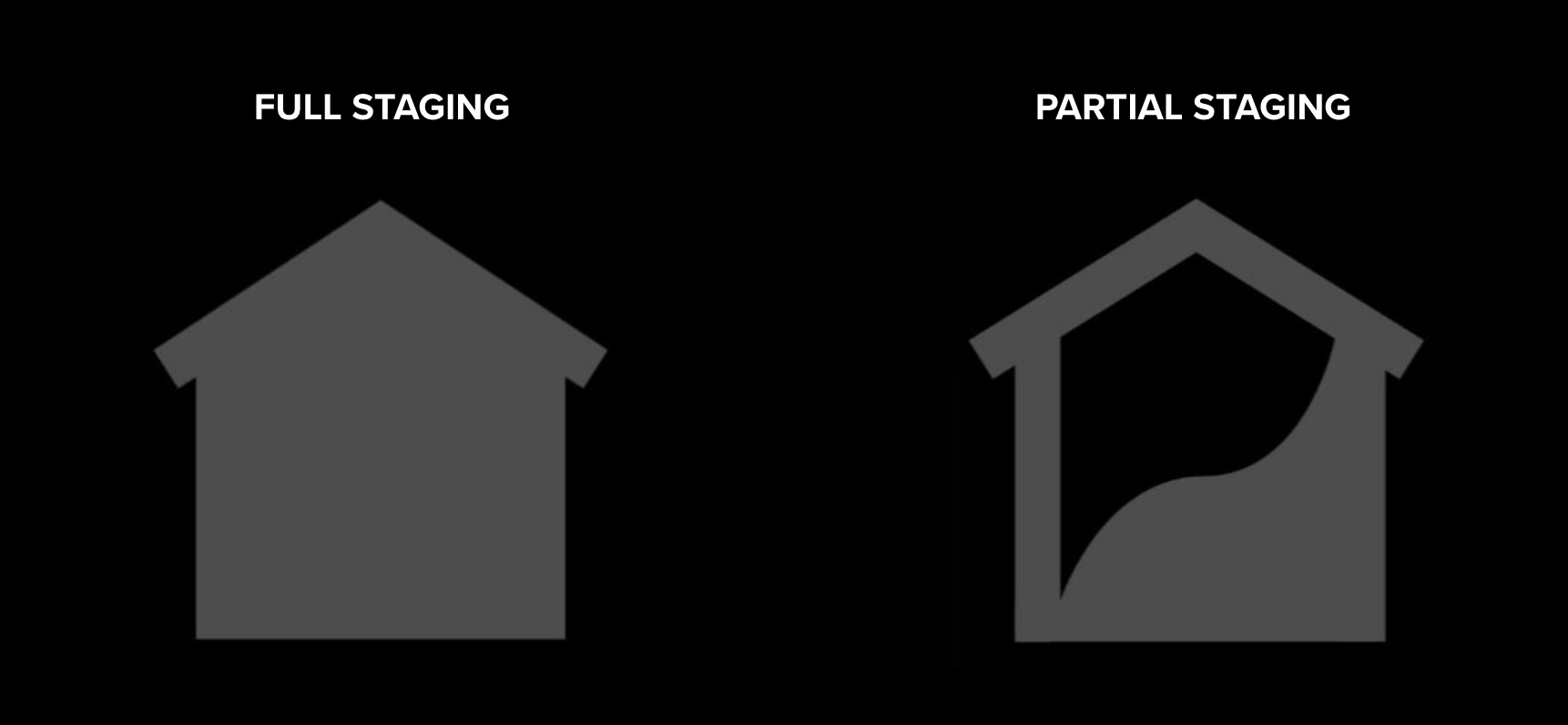The Value of Home Staging: Elevating Residential Real Estate Investment
In the ever-evolving landscape of residential real estate, the art of presentation plays a pivotal role in determining success. Home staging, a strategic approach to enhancing the visual appeal of a property, has emerged as a powerful tool for sellers and investors alike. This practice involves arranging furnishings, decor, and other design elements to highlight a home's best features and create an inviting atmosphere for potential buyers. While some may perceive home staging as an additional expense, it is, in fact, a prudent investment that yields substantial returns in terms of selling price, speed of sale, and overall profitability.
First Impressions Matter
The adage "first impressions matter" holds particularly true in the realm of real estate. Prospective buyers form snap judgments about a property within moments of entering. Home staging capitalizes on this psychological phenomenon by meticulously crafting a welcoming and aspirational ambiance that resonates with potential buyers. By thoughtfully arranging furniture, decor, and even incorporating small yet impactful design adjustments, staging enables buyers to envision the property as their future home. This emotional connection significantly influences their perception of value and willingness to pay a premium.
Maximizing Selling Price
One of the primary benefits of investing in home staging is its potential to increase the final selling price of a property. A well-staged home often garners more attention from buyers, leading to a higher demand and competition among potential buyers. This competition frequently results in multiple offers, driving up the price and allowing sellers to capitalize on the heightened interest. Research has consistently shown that staged homes tend to sell for a higher percentage of the asking price compared to unstaged homes. The relatively modest upfront investment in staging expenses is outweighed by the considerable financial gain achieved through a higher sales price.
Reduced Time on Market
Time is a critical factor in real estate transactions. Staging can significantly reduce the time a property spends on the market. A staged home not only attracts more potential buyers but also expedites the decision-making process. When buyers can easily envision themselves living in a space, they are more likely to make swift purchase decisions. The shortened time on the market translates to savings in holding costs, such as mortgage payments, property taxes, and maintenance expenses. By minimizing these carrying costs, staging ultimately contributes to maximizing an investor's overall return on investment.
Professional Image and Online Presence
In the digital age, a property's online presentation is just as vital as its physical appearance. Professional photographs and virtual tours of a staged home create a lasting first impression for potential buyers browsing listings online. Well-executed staging ensures that these visuals portray the property in the best possible light, enticing viewers to schedule in-person visits. The consistency between online imagery and the actual staged property reinforces a sense of trust and credibility, fostering a smoother sales process.
Conclusion
In the realm of residential real estate, the benefits of home staging extend beyond mere aesthetics. This strategic investment has the power to command higher selling prices, reduce time on the market, and enhance the overall profitability of an investment property. By creating an emotional connection between buyers and the space, staging elevates a property's perceived value and sets it apart in a competitive market. As the real estate landscape continues to evolve, home staging remains a wise investment that pays dividends in both financial returns and buyer engagement.
















